opening hours
Monday closed
Tuesday to Sunday 11 am – 7 pm
Tuesday 24 December 11 am > 4 pm
Monday 25 December closed
Tuesday 31 December 11 am > 4 pm
Wednesday 1 January 11 am > 7 pm
Monday 6 January 11 am > 8 pm
- full price € 15 at the box office - € 14 online
- reduced price € 12 at the box office - € 11 online
for young people aged between 18 and 25 (not yet turned 25); for groups of 15 people or more; La Galleria Nazionale, Museo Ebraico di Roma ticket holders; upon presentation of ID card or badge: Accademia Costume & Moda, Accademia Fotografica, Biblioteche di Roma, Centro Sperimentale di Cinematografia, Enel (for badge holder and accompanying person), FAI – Fondo Ambiente Italiano, Feltrinelli, Gruppo FS, IN/ARCH – Istituto Nazionale di Architettura, Sapienza Università di Roma, LAZIOcrea, Palazzo delle Esposizioni, Amici di Palazzo Strozzi, Accademia Nazionale di Santa Cecilia, Scuola Internazionale di Comics, Teatro Olimpico, Teatro dell’Opera di Roma, Teatro di Roma, Università degli Studi di Roma Tor Vergata, Youthcard; upon presenting at the ticket office a Frecciarossa or a Frecciargento ticket to Rome purchased between 27 November 2024 and 20 April 2025
- open € 18
valid for one year from the date of purchase
- free
minors under 18 years of age; disabled people requiring companion; EU Disability Card holders and accompanying person; MiC employees; myMAXXI cardholders; registered journalists with a valid ID card; European Union tour guides and tour guides, licensed (ref. Circular n.20/2016 DG-Museums); 1 teacher for every 10 students; AMACI members; CIMAM – International Committee for Museums and Collections of Modern Art members; ICOM members; journalists (who can prove their business activity); European Union students and university researchers in art history and architecture, public fine arts academies (AFAM registered) students and Temple University Rome Campus students from Tuesday to Friday (excluding holidays); IED – Istituto Europeo di Design professors, NABA – Nuova Accademia di Belle Arti professors, RUFA – Rome University of Fine Arts professors; upon presentation of ID card or badge: Collezione Peggy Guggenheim a Venezia, Castello di Rivoli Museo d’Arte Contemporanea, Sotheby’s Preferred, MEP – Maison Européenne de la Photographie; on your birthday presenting an identity document
Collection
MAXXI’s Collection of Art and Architecture represents the founding element of the museum and defines its identity. Since October 2015, it has been on display with different arrangements of works.




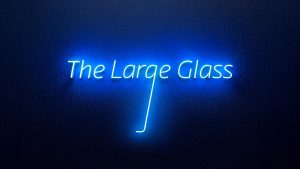
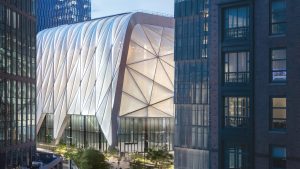




















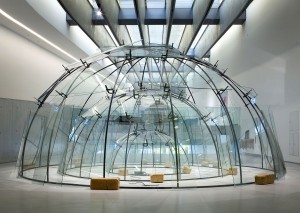
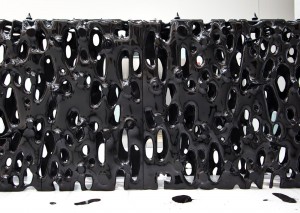
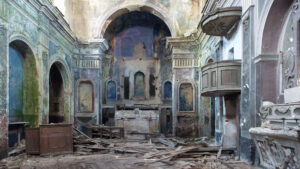


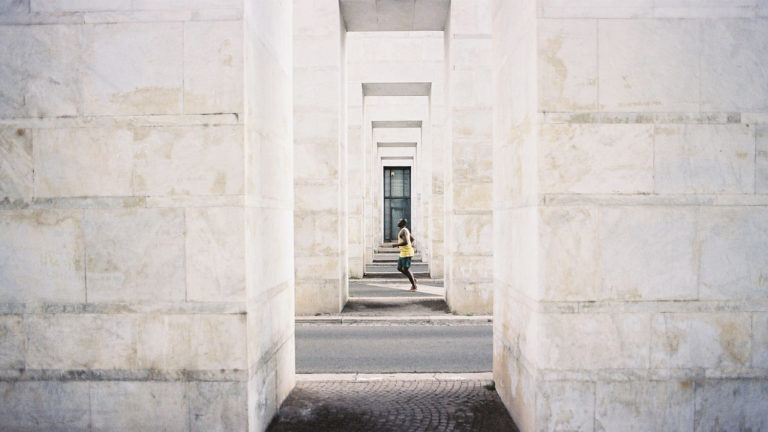
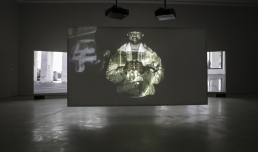
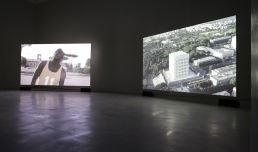
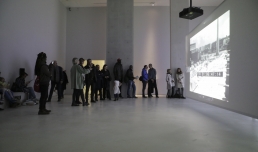
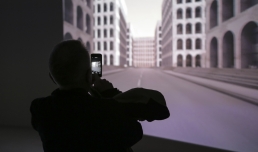
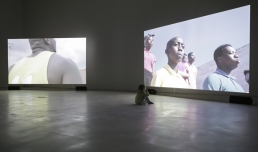
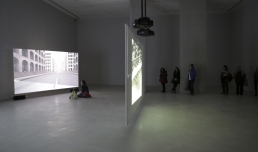

Carlo Scarpa Hall
curated by Pippo Ciorra, Elena Motisi
What role for sport in peace processes?
In 2016, the artists Nina Fischer (1965) and Maroan el Sani (1966) worked with the museum to make a film in various areas of the capital: Freedom of movement is a project that calls for integration between peoples as the driving force for social innovation and the civic and economic success of a country.
On the confine between video art, photography, installation and performance
Evoking the Olympic marathon from Rome 1960, in which the Ethiopian Abebe Bikila conquered the African continent’s first gold medal, running barefoot and becoming a sporting legend and a symbol of the Africa that was freeing itself of colonialism, the artists have recontextualised amidst Rome’s rationalist architecture, a new race involving refugees and immigrants staking a claim to their “freedom of movement”, also understood as the possibility of being welcomed in another country.
Freedom of Movement
three-channel video installation, HD, 9:45 min, 2017
Nina Fischer & Maroan el Sani.
Commissioned and co-produced by MAXXI
Funded by Medienboard Berlin-Brandenburg
Additional support for the production was provided by: Galerie Eigen+Art, Berlin/Leipzig and Galleria Marie-Laure Fleisch, Rome/Brussels
Special thanks to Liberi Nantes, Emmaus School of Maenza and FENDI
Technical contribution: Istituto Luce
credits: Nina Fischer & Maroan el Sani, video stills. Courtesy: Galerie Eigen+Art Berlin/Leipzig and Galleria Marie-Laure Fleisch, Rome/Brussels. Copyright: VG Bild-Kunst and the artists.